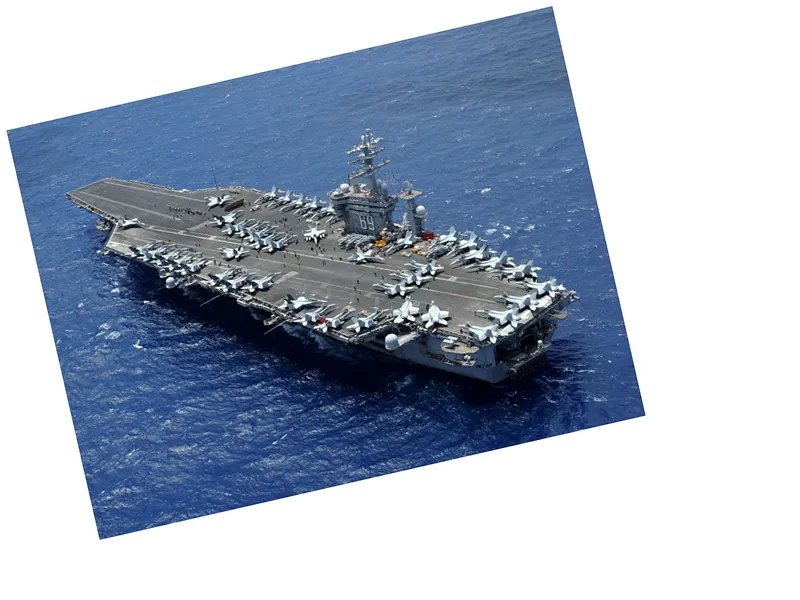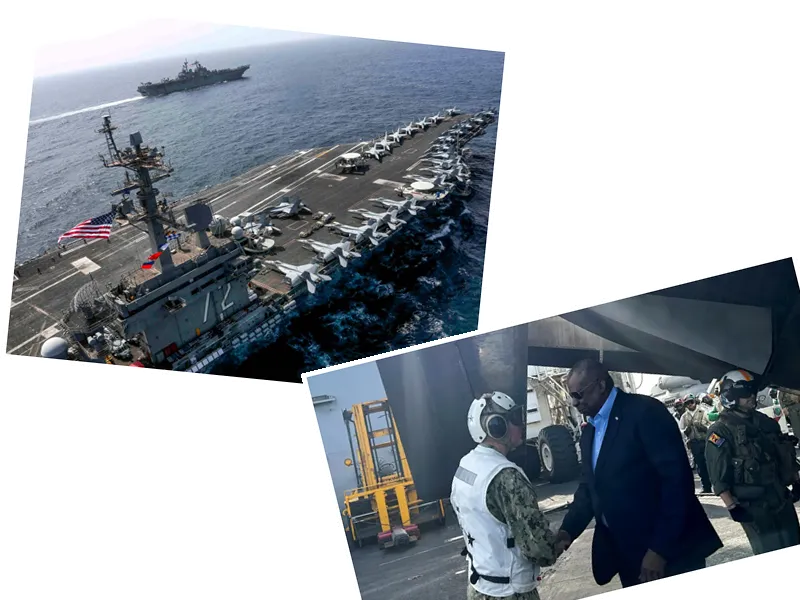The recent redeployment of U.S. military assets to the Middle East has raised concerns about the strategic implications for U.S. naval capabilities in the Western Pacific, particularly in relation to China's growing military presence. As tensions escalate in the Middle East, particularly with Iran's threats against Israel, the U.S. has responded by sending the aircraft carrier USS Abraham Lincoln and its strike group to the region. This move is part of a broader strategy to bolster defense mechanisms and maintain a strong military presence in response to potential threats from Iran, especially following recent assassinations linked to the ongoing conflict.
The USS Abraham Lincoln, equipped with advanced F-35C fighters, is set to replace the USS Theodore Roosevelt, which has recently been deployed to the Arabian Gulf. The U.S. Navy's focus on the Middle East could leave the Western Pacific vulnerable, as the only remaining aircraft carrier in that region was recently redeployed. This shift in naval strategy comes at a time when China is actively expanding its military capabilities, including the development of anti-ship ballistic missiles that threaten U.S. carriers.
While the U.S. military aims to deter Iranian aggression and protect its allies, the strategic dilemma arises from the potential gaps in naval power in the Pacific, where adversaries like China and North Korea are increasingly assertive. The U.S. must balance its commitments in the Middle East with the need to maintain a credible deterrent in the Pacific, where the military landscape is rapidly changing.
- The U.S. Navy's aircraft carriers, including the Nimitz-class and the newer Gerald R. Ford-class, are essential for power projection and deterrence. The USS Theodore Roosevelt and USS Abraham Lincoln are equipped with advanced defense systems and a variety of aircraft, enabling them to respond to threats and conduct operations across vast distances. However, the growing capabilities of adversaries, particularly China's development of ballistic missiles designed to target carriers, pose significant challenges to U.S. naval strategy.
- As the U.S. military focuses on the Middle East amid rising tensions, it faces the risk of overextending its resources. The redeployment of the Theodore Roosevelt from the Pacific to the Arabian Gulf highlights the delicate balance the U.S. must maintain to ensure its interests are protected in both regions. The potential for conflict in the Middle East and the increasing assertiveness of China in the Pacific necessitate a comprehensive approach to U.S. military strategy.






